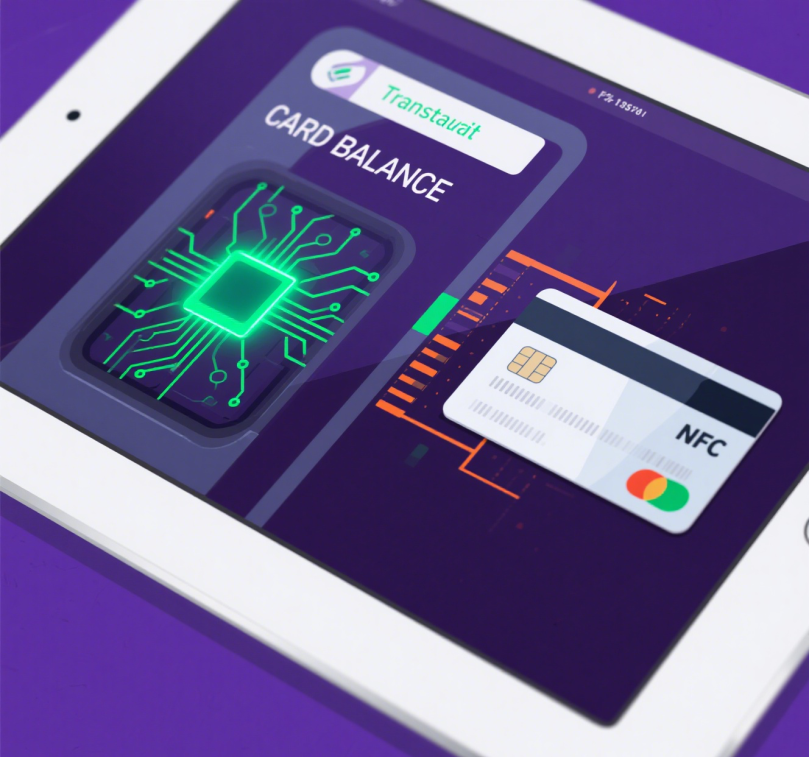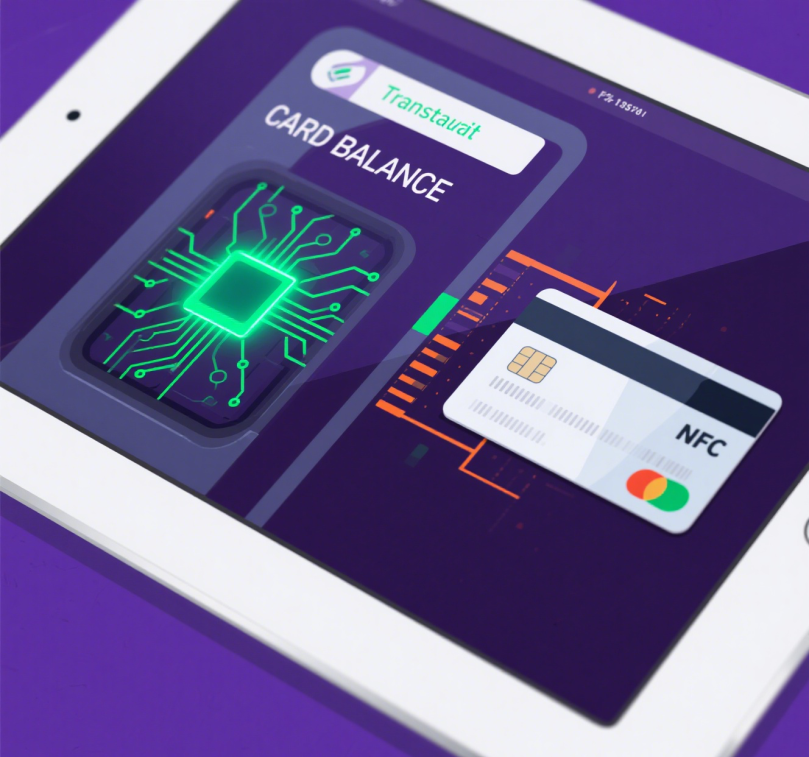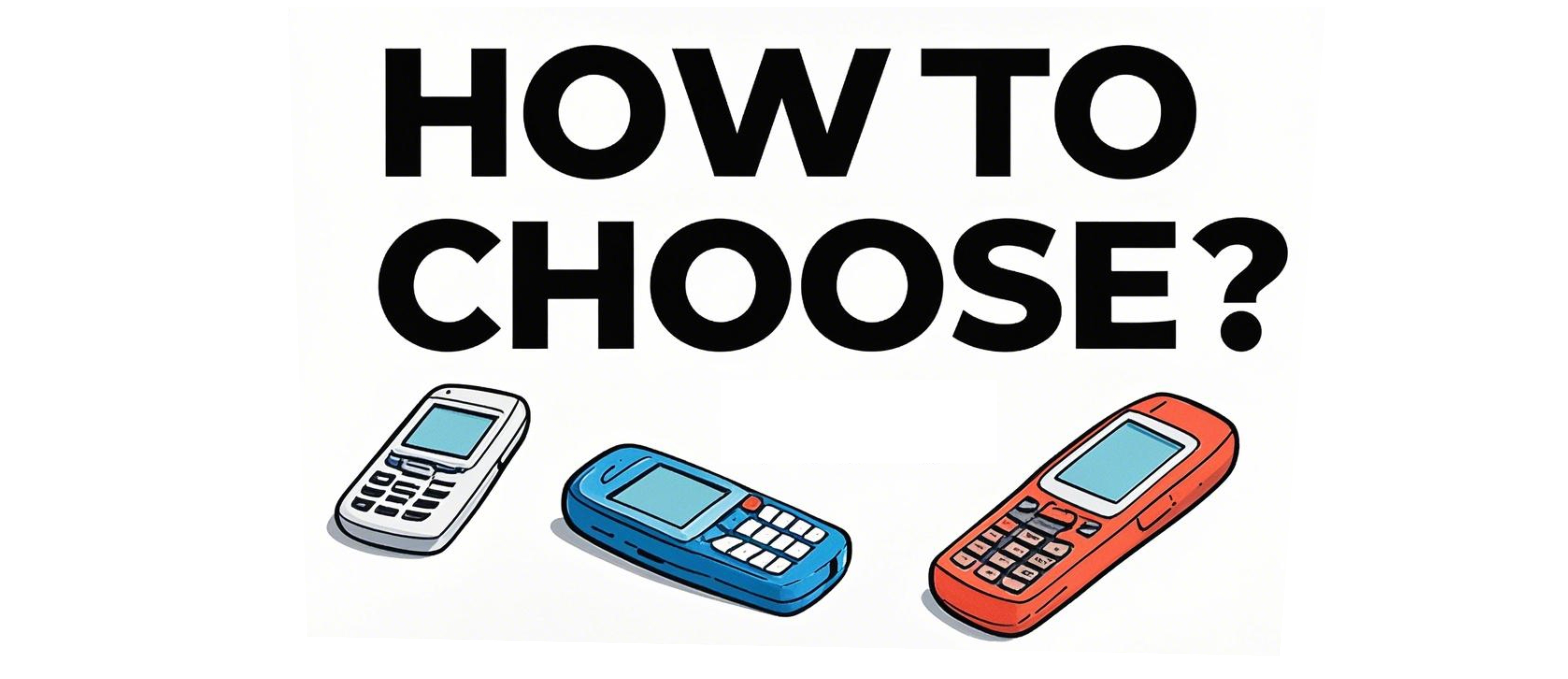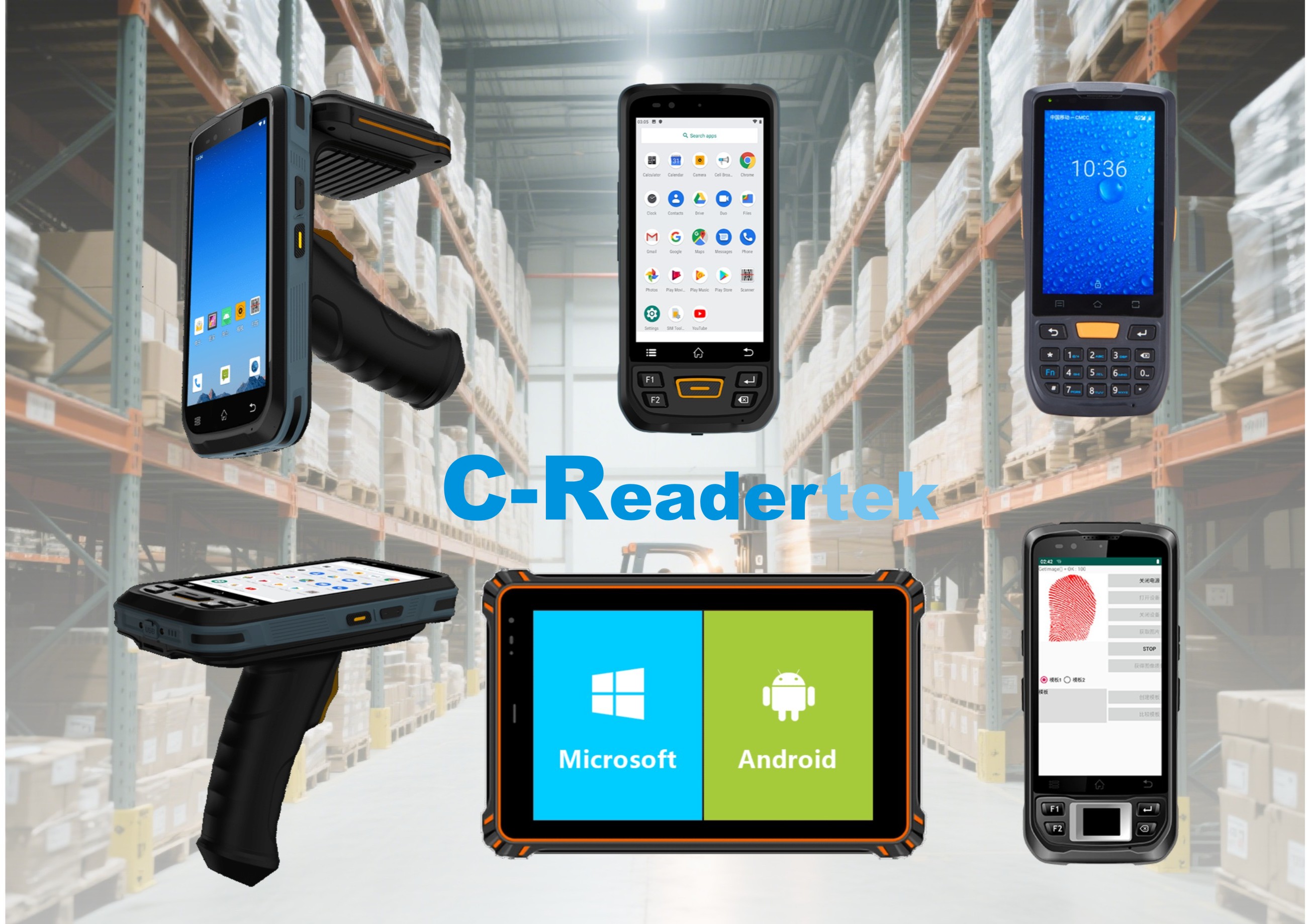NFC Technology: Ushering in a New Era of Intelligent Connectivity
Introduction: Redefining Near-Field Interaction
In today's wave of global digitalization, a seemingly simple technology is quietly transforming our way of life—NFC (Near Field Communication) technology. From mobile payments to smart homes, from e-ticketing to healthcare, this technology born in the early 21st century is demonstrating new vitality in the IoT era with its unique advantages. This article will comprehensively examine NFC's technological evolution, core principles, diverse applications, and future trends, revealing how this "small but powerful" technology is reshaping our digital lives.
NFC Technology Explained: A Compact Communication Revolution
Technological Origins and Development
The prototype of NFC technology can be traced back to RFID technology in the 20th century. In 2004, driven jointly by Philips, Sony, and Nokia, NFC became an international standard (ISO/IEC 18092). What makes this technology special is its perfect integration of radio frequency identification and connectivity, enabling secure, fast data exchange at extremely short ranges.
Core Technical Principles
Operating at 13.56MHz with a typical communication range under 10cm, this seemingly "limited" design is actually its greatest strength—ensuring communication security while achieving ultra-low power consumption. Technically, NFC includes three operation modes:
1. Read/Write Mode: Allows smart devices to read or write NFC tag information
2. Peer-to-Peer Mode: Supports direct data exchange between two NFC devices
3. Card Emulation Mode: Enables devices like smartphones to emulate various smart cards

Technical Features and Advantages
NFC's most notable feature is its "touch-and-go" convenience. Compared to Bluetooth, it requires no complicated pairing; versus QR codes, NFC operation is more intuitive and faster. Its built-in encryption also provides reliable security for high-sensitivity applications like mobile payments. These characteristics make NFC an ideal bridge connecting the physical and digital worlds.
NFC Application Landscape: Empowering Diverse Industries
Financial Payments: Enabling Cashless Societies
In mobile payments, NFC has demonstrated revolutionary influence. The popularity of platforms like Apple Pay and Google Pay has made "tap-to-pay" a daily routine. Data shows that by 2023, the global NFC payment market exceeded $100 billion, with China UnionPay's "QuickPass" covering over 30 million POS terminals nationwide.
Case Studies:
- Hong Kong's Octopus system implemented NFC mobile top-up and payments
- Tesla supports NFC card keys for vehicle unlocking
- Marriott International launched NFC mobile key services
Smart Living: Redefining Convenience
NFC is making our lives smarter. Morning office entry with a phone tap, lunch purchases at vending machines with a touch, evening commutes with smartwatch NFC payments—these scenarios are becoming reality in smart cities worldwide.
Innovative Applications:
- Huawei's "OneHop" multi-screen collaboration technology
- Xiaomi's smart home NFC quick network setup
- Nike's NFC anti-counterfeiting and traceability system
Industry Digitalization Accelerator
In industrial sectors, NFC also shines. Healthcare uses NFC wristbands for patient information, logistics employs NFC for cargo tracking, and automakers implement NFC digital keys—enhancing efficiency and creating new business models.
Technical Advantages and Challenges: A Balanced Perspective
Irreplaceable Advantages
NFC's success builds on three core strengths:
1. Ultimate Convenience:
- Intuitive operation reduces learning curves
- 0.1-second connection setup (100x faster than Bluetooth pairing)
- No precise alignment required
2. Security and Reliability:
- Short-range communication inherently resists eavesdropping
- Supports multiple encryption algorithms (AES-128, RSA)
- Financial-grade secure element (SE) protection
3. Low Power and Cost-Effectiveness:
- Passive tags require no power (10-year lifespan)
- Per-tag cost below $0.10
- Low system integration costs
Development Challenges
Despite advantages, NFC faces multiple hurdles:
1. Technical Limitations:
- Short range limits certain applications
- Moderate data transfer rates (max 424kbps)
- Metal environments may interfere
2. Market Challenges:
- Android ecosystem fragmentation causes compatibility issues
- User habit cultivation requires time
- Infrastructure upgrades need scale effects
3. Security Concerns:
- Potential data interception risks (e.g., NFC sniffing)
- Security implications of lost devices
- Growing privacy protection demands
Future Outlook: The Key to IoT
Technological Convergence
With 5G and IoT advancements, NFC is entering broader applications:
1. NFC + AR/VR:
- Nike SNKRS app triggers AR shoe displays via NFC
- Museum NFC guides enable immersive experiences
2. Blockchain + NFC Anti-Counterfeiting:
- LVMH's AURA platform achieves luxury item traceability
- Australian wine industry adopts NFC-blockchain systems
3. AI-Enhanced NFC:
- Smart tags automatically recognize user preferences
- Personalized service recommendations based on usage data
Emerging Applications
Next five years will see NFC breakthroughs in:
1. Digital Identity:
- EU eIDAS 2.0 initiative
- China's "Digital ID" NFC pilots
2. Smart City Management:
- NFC smart waste sorting
- Municipal NFC repair reporting
3. Healthcare Innovation:
- Ingestible NFC pills for monitoring
- Smart NFC bandages for wound tracking
Market Projections
Per HIS Markit forecasts:
- 2027 global NFC market to exceed $50 billion
- Asia-Pacific maintaining 30% CAGR
- Industrial applications reaching 25% market share
Notably, EV growth presents new opportunities—70% of new energy vehicles will feature NFC digital keys by 2025.
Conclusion: Small Technology, Big Future
Reviewing NFC's evolution from simple access cards to diverse applications, this technology continues demonstrating remarkable vitality. In digital transformation, NFC serves as a critical link between physical and digital worlds through its unique strengths.
Moving forward, with ongoing innovation and expanding applications, NFC will profoundly impact:
- Payment convenience and security
- IoT device connectivity
- Digital identity verification
- Smart city infrastructure
This "invisible" technology is poised to become an indispensable element in our increasingly intelligent world, quietly revolutionizing how we interact with technology in everyday life.
 NFC Technology: Ushering in a
NFC Technology: Ushering in a
 How to choose a suitable handh
How to choose a suitable handh
 Five core applications of hand
Five core applications of hand
 Handheld Mobile Computer - Chi
Handheld Mobile Computer - Chi